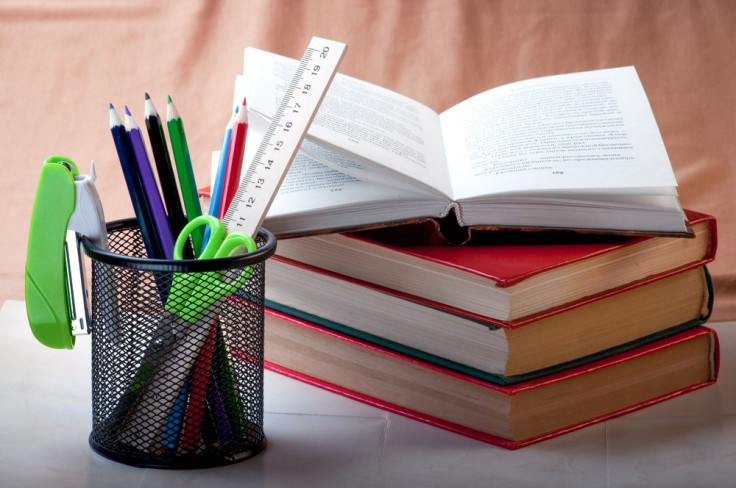
It's no secret that America's ethnic identity is rapidly changing with the increasing number of minorities in the nation. But now, for the first time, the diversity in the nation can be seen in the U.S. public school system. According to the Associated Press, while non-Hispanic whites are the largest racial group in public schools (making up 49.8 percent of students), minorities collectively outnumber white non-Hispanics.
One of the reasons for the high minority student count is the population of Hispanic children in the public school system. The National Center for Education Statistics points out that one-quarter of the minority students are Hispanic, 15 percent are black, 5 percent are Asian and Pacific Islanders and a smaller portion of students are Native Americans and Biracial. The high Hispanic student population is not surprising, considering that the Pew Research Center found that there are almost 52 million Hispanics -- Mexicans make up two-thirds of the Hispanic/Latino population, followed by Puerto Ricans, Salvadorans, Cubans, Dominicans, Guatemalans and Colombians.
"We can't talk about other people's children. These are our children," said Education Secretary Arne Duncan, to the Associated Press.
Earlier this year, a study from the Center for American Progress found that almost half the student population in the American public school system are nonwhite with 23 percent being Hispanic/Latino, 16 percent African-American, and 5 percent Asian. This value is a significant increase from previous years -- minorities made up 31 percent of public school students in 1993 and 41 percent in 2003 -- and the rates are expected to rise.
"We project that this fall, for the first time in American history, the majority of public school students in America will be nonwhite," said Duncan, at the time, reports the Associated Press.
While the student population is seeing an increase in diversity, the same trend is not being observed amongst teachers as a "diversity gap" has been spotted. A study from the National Education Association (NEA) has found that of the 3.3 million public school teachers in America, 82 percent are white, 8 percent are Hispanic/Latino, 7 percent are African-American, and 2 percent are Asians.
"Whatever the root cause of the lack of diversity among the teacher workforce, one thing is clear: States and districts have not done enough to address the issue," said Ulrich Boser, the author of the report. "Few states have created rigorous programs to help individuals of color enter the teaching profession. Not nearly enough districts have offered bonuses or other benefits to people of color who are interested in becoming educators. To make matters worse, in some cities, such as Boston, the number of black teachers is actually declining."
In a perfect world, the racial background of a teacher should not matter and education quality should be the only factor. But many experts are making the case that having teachers of their own-race can help students. In fact, few preliminary studies have found that students have higher level of achievement with teachers of their own race. Should these studies be reflective of how students learn, then the increase in Hispanic/Latino student body means it is vital for the teacher population to have more Hispanics/Latinos.
© 2024 Latin Times. All rights reserved. Do not reproduce without permission.
